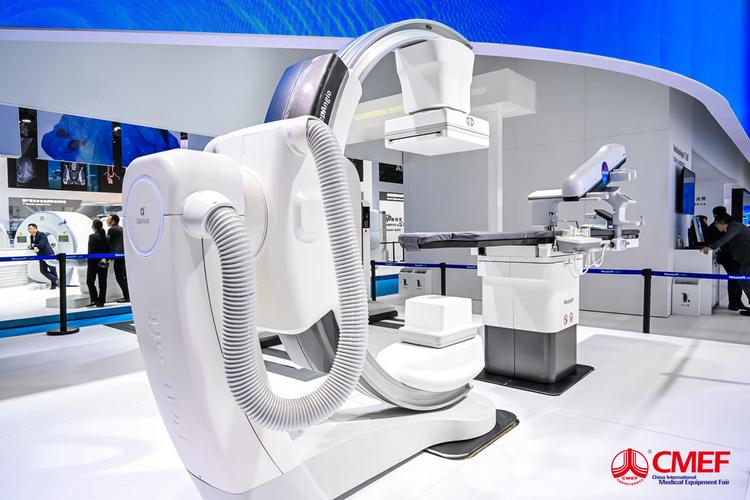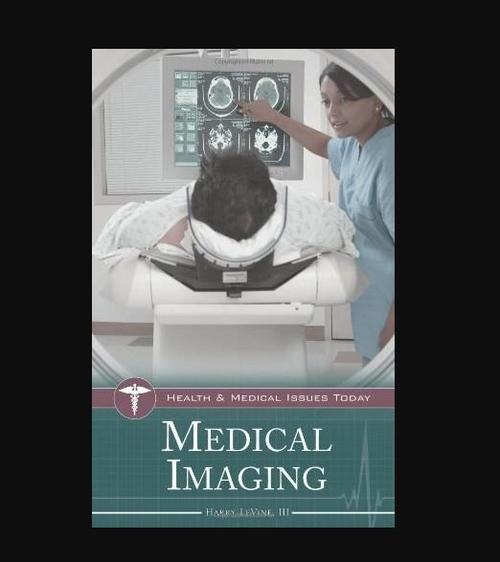Medical Imaging: A Comprehensive Guide for You
Medical imaging is a crucial component of modern healthcare, providing doctors with detailed insights into the human body. In this article, we will delve into the various aspects of medical imaging, from its history to the latest advancements, and how it impacts patient care.
History of Medical Imaging
The journey of medical imaging began over a century ago with the discovery of X-rays by Wilhelm Conrad Roentgen in 1895. This breakthrough allowed doctors to visualize internal structures for the first time. Over the years, advancements in technology have led to the development of various imaging modalities, each offering unique benefits and limitations.

Types of Medical Imaging
There are several types of medical imaging techniques, each with its own set of applications and advantages. Let’s explore some of the most common ones:
| Imaging Technique | Description | Applications |
|---|---|---|
| X-ray | Utilizes electromagnetic radiation to create images of bones and internal organs. | Fractures, pneumonia, and heart disease diagnosis. |
| Computed Tomography (CT) | Combines X-rays and computer technology to produce detailed cross-sectional images of the body. | Brain tumors, blood clots, and fractures. |
| Magnetic Resonance Imaging (MRI) | Uses strong magnetic fields and radio waves to create detailed images of organs and tissues. | Brain, spine, and joint conditions. |
| Ultrasound | Utilizes high-frequency sound waves to create images of internal organs and tissues. | Pregnancy, heart disease, and gallbladder conditions. |
| Positron Emission Tomography (PET) | Combines CT and nuclear medicine to visualize metabolic processes in the body. | Cancer, heart disease, and neurological disorders. |
Advantages of Medical Imaging
Medical imaging offers several advantages that have revolutionized the field of healthcare:
-
Non-invasive: Many imaging techniques are non-invasive, reducing the risk of complications and discomfort for patients.
-
High-resolution images: Advanced imaging modalities provide high-resolution images, allowing doctors to detect abnormalities early.

-
Multiple applications: Medical imaging can be used to diagnose a wide range of conditions, from common ailments to complex diseases.
-
Guidance for procedures: Imaging techniques can guide doctors during minimally invasive procedures, improving outcomes and reducing complications.
Challenges and Limitations
While medical imaging has made significant advancements, it also comes with challenges and limitations:
-
Radiation exposure: Some imaging techniques, such as X-rays and CT scans, use radiation, which can pose health risks, especially with repeated exposure.
-
Cost: Advanced imaging modalities can be expensive, making them less accessible for some patients.
-
Interpretation: The accuracy of medical imaging depends on the skill and experience of the radiologist interpreting the images.
The Future of Medical Imaging
The future of medical imaging looks promising, with ongoing research and development aimed at improving existing techniques and introducing new ones. Some of the emerging trends include:
-
AI and machine learning: These technologies are being used to enhance image analysis and improve diagnosis accuracy.
-
Ultrasound elastography: This technique uses ultrasound to measure tissue stiffness, providing valuable information about various conditions.
-
Optical imaging: This technology utilizes light to visualize tissues and blood vessels, offering a non-invasive alternative to some imaging modalities.
Medical imaging has come a long way since the discovery of X-rays. With continuous advancements and innovations, it will continue to play a vital role in improving patient care and outcomes.